Contents
Pepper is one of the most common garden crops. This is quite justified, it is tasty, it can be canned, dried, frozen. Pepper is very useful – it has a lot of potassium, it surpasses all vegetables and even citrus fruits in vitamin C content.

Pepper is cultivated exclusively through seedlings, often it is grown independently. It cannot be said that this is a difficult matter, but if certain rules are not followed, seedlings can be lost even before they are planted in the ground. In this article, we will look at why pepper seedlings fall and how to avoid this trouble.
What you need to successfully grow pepper seedlings
Each plant has its own requirements for keeping conditions, lighting, temperature, humidity. Pepper is no exception, its seedlings are especially vulnerable. To avoid problems when growing it, let’s see what pepper likes:
- Uniform warm temperature throughout the day;
- Light day no more than 8 hours;
- Watering with warm, about 25 degrees, water;
- Uniform hydration;
- Drained fertile soil with a neutral reaction;
- Increased doses of potassium.

Pepper does not tolerate well:
- Hot weather exceeding 35 degrees;
- Watering below 20 degrees;
- Traumatic root transplants;
- Deep landing;
- High acidity of the soil;
- Increased doses of nitrogen fertilizers and fresh manure;
- Direct sunlight.
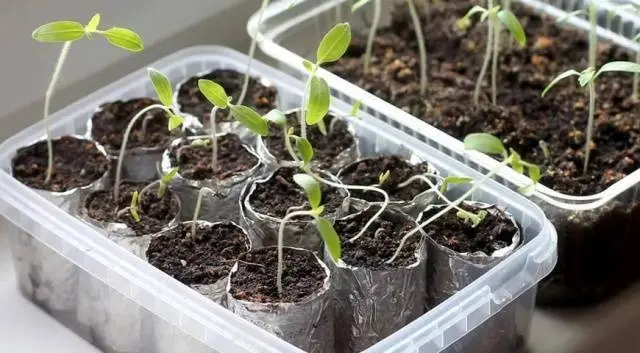
Reasons why pepper seedlings fall
It is very unpleasant when carefully planted seedlings of peppers fall. There may be several reasons for this:
- landing errors;
- care mistakes;
- Unsuitable conditions of detention;
- Blackleg;
- Fusarium wilt.
All this can be avoided. Let’s see what to do now and how to avoid mistakes in the future.
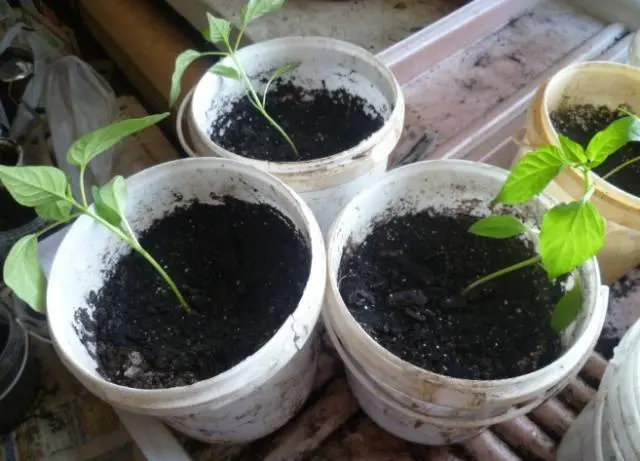
Mistakes when planting peppers
Pests and pathogens live in the open ground, they often cause the death of adult plants, while delicate seedlings with a thin root and a weak stem are much more difficult to cope with. Prepare the soil yourself using the following ingredients:
- Peat – 10 l;
- Sand – 5 l;
- Wood ash – 1 l;
- “Fitosporin” or “Agrovit” – according to the instructions.

Sand before use must first be calcined in the oven. Mix all ingredients and use when growing seedlings. In no case do not exceed the recommended dose of “Fitosporin” or “Agrovit”, it is better to use a smaller amount.
If you use purchased soil, do not take the one that remains after planting indoor plants – fertilizers are added to it at a concentration suitable for growing an adult plant with certain needs, only special soil for seedlings will do. But it also needs to be prepared as follows:
- Without opening, put the bag with the substrate in a galvanized bucket;
- Carefully, so as not to melt the bag, fill it with boiling water along the wall of the bucket;
- Cover the bucket with a lid;
- Leave a bag of soil in the bucket until the water has completely cooled.
In this way, you will destroy all possible pests and pathogens that can cause seedlings to fall.
If you have harvested your seeds from peppers that appear healthy, or if you have purchased seeds from a reputable manufacturer, there is no guarantee that they are free of pathogens.
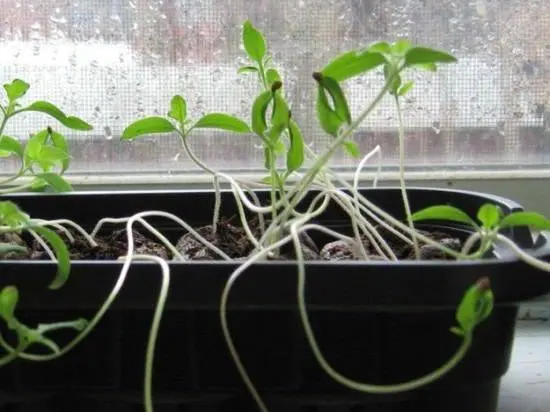
This will destroy possible pathogens, while the seeds themselves will not have time to suffer. Pre-sowing preparation of seeds covered with a colored shell is not necessary.
Plant pepper seeds correctly – to a depth of 3-4 cm, and be sure to compact the soil so that they do not fail. Seeds planted too deep or shallow will not develop normally, and a weakened plant is more likely to get sick and die.
You can not sow the seeds too thickly, take a little time and just spread them out. Then you will have fewer problems – they will not stretch out, they will not fall down, and there will be less trauma to the roots during a dive.

Seedling care mistakes
Excessive doses of fertilizer will certainly cause the pepper seedlings to stretch, and this, in turn, can cause it to fall. Excess nitrogen is especially dangerous.
Water the pepper seedlings evenly. From frequent spraying, the soil turns black and it seems that there is enough moisture in it. In fact, it may turn out that the soil is too dry and the seedlings died because they have nothing to drink. If you are in doubt about whether watering is necessary, take a match and prick the ground away from the plant. Water immediately if necessary.
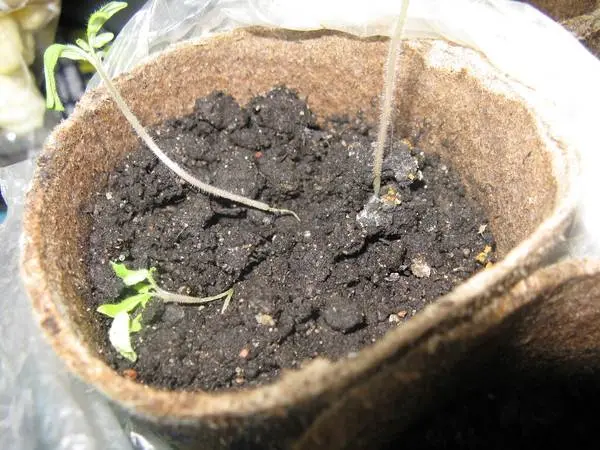
Overflow is no less dangerous. The root from excess moisture and watering with cold water can very easily rot and the plant will die, and the overflow also blocks the access of oxygen to the roots. Perhaps the drain hole is clogged. If this happens, urgently save healthy plants – transplant them into another soil. It is better not to use an old pot, if there is nothing more suitable, wash it with a brush and pour boiling water over it. After transplanting, treat the peppers with a solution of foundationazole, moisten the soil with it.
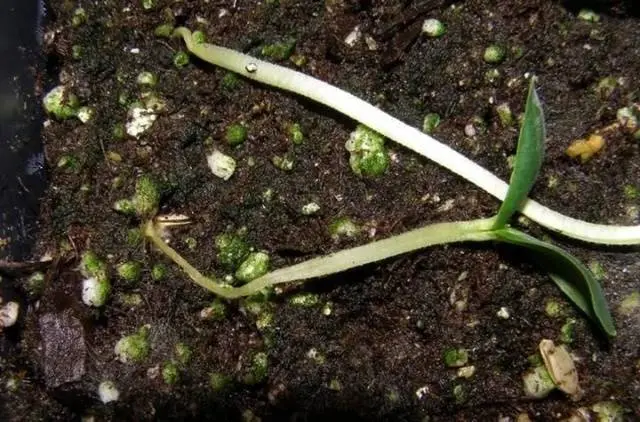
Too dry air can also cause lodging of seedlings. If, after picking, you deepen the seedlings of pepper, for sure some of the plants will lie down and die – do not do this.
Inappropriate conditions of detention
High temperature is necessary for seed germination. For seedlings, it can be fatal. As soon as the first loop of seedlings appears, the temperature is immediately reduced, and the plant begins to light up.
And although pepper is a plant with a short daylight hours, it cannot live without light at all, light is necessary for photosynthesis, which is the basis of the life of almost all plants (with the exception of insectivorous species). The seedling reaches for the source of light, spending all his strength on it, stretches out, falls and dies.
Excess light, like the cold temperature of the content, also does not benefit the seedlings. Especially dangerous is low temperature, coupled with overflow – this is a direct path to the death of a small plant.
Black leg of peppers
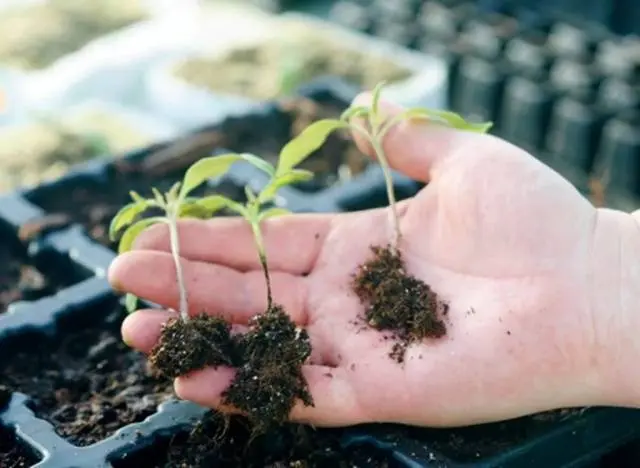
Blackleg is one of the most common causes of lodging in pepper seedlings. This disease is caused by several types of fungal pathogens. They are always found in the soil, but only weakened plants are affected. Fungi are of particular danger to seedlings – it always dies – first the hypocotyl knee rots, turns brown and thinner, then the tissues soften and become watery.
The disease is promoted by the use of contaminated soil, poor ventilation, overflow, poor-quality planting material, thickened plantings and improper care of seedlings, which causes weakening of the plant. Often the cause of blackleg is that the ground is permanently crusted.
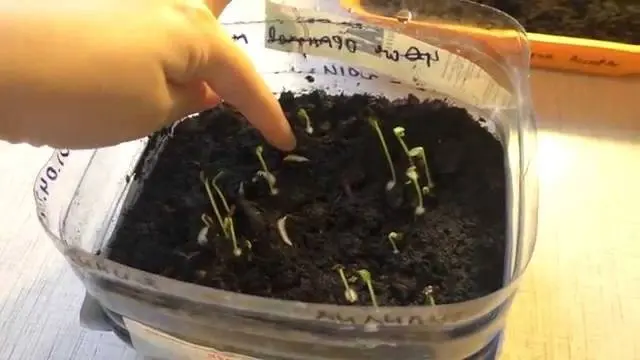
We offer you to watch a video about a folk way to deal with a black leg on tomatoes. This method is also suitable for peppers.
Fusarium peppers
The disease mainly manifests itself in adult plants. But it happens that seedlings get sick with it – it just withers and falls. There is no cure for it, you need to destroy the plant.

Treatment of lodging seedlings of pepper
What to do if pepper seedlings have fallen? If the cause is in the black leg or fusarium, diseased plants must be immediately destroyed, and the surviving ones should be immediately planted in separate cups in new soil. Thus, if one or more plants become sick, the rest will be less likely to become infected.
If the reason for the lodging of the seedlings is different and only a few plants have suffered, find the source of the trouble, create the conditions necessary for the normal development of the pepper. When overflowing, if the soil has not had time to turn sour, sometimes it is enough to reduce watering and sprinkle the soil with wood ash.
If the seedlings of peppers have just begun to get sick with a black leg, treat the plants and the soil under them with a 1% solution of copper sulfate or a weak solution of potassium permanganate.
Prevention of lodging of pepper seedlings
Any disease is easier to prevent than to deal with its consequences. Healthy, well-groomed seedlings are less likely to get sick than one whose development was left to chance. You need to start taking care of it even before planting – be sure to soak the seeds before planting in an epin solution. Epin is an adaptogen and a broad-spectrum regulator, plants grown from seeds treated with it are easier to tolerate overflow, drought, stretch less and are more resistant to diseases. In addition, it is a drug of natural origin and does not pose a danger to humans. You can process them and seedlings, but not more than once every two weeks.
To prevent fungal diseases and black leg, which cause lodging of pepper seedlings, the seedlings and the soil under it are treated twice with a two-week interval with a solution of any copper-containing preparation at a concentration two times lower than that written in the instructions. These treatments will further make the pepper more resistant to fungal and viral diseases.
It costs more, but the result of its use is much better – powdered metal oxides, unlike emulsions, are poorly soluble in water. This is easy to see after spraying – a large amount of the drug remains at the bottom of the vessel in which the solution was prepared, respectively, the processing efficiency decreases.









